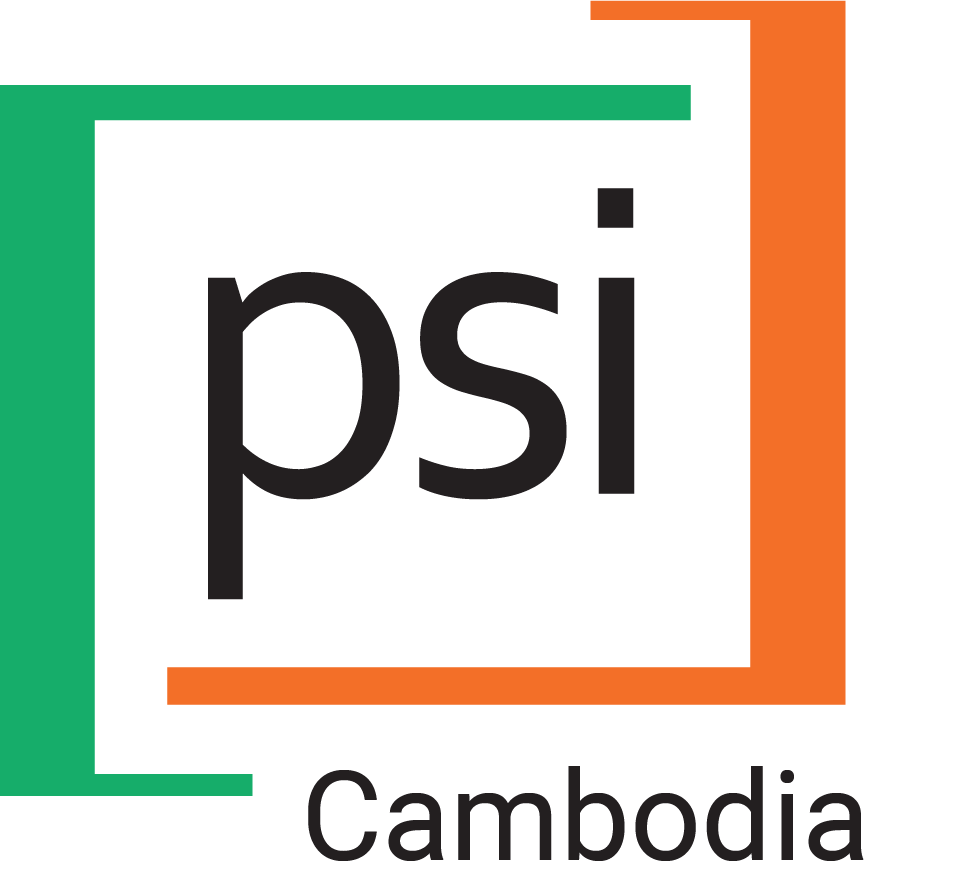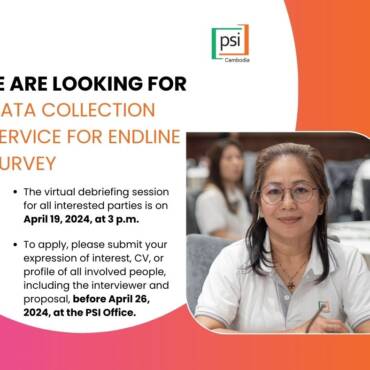A look at PSI, Bloom, and Cambodian health
Originally published on Brains Communication website.
From safe driving and alcohol consumption to cutting out tobacco and littering, influencing human behavior is always a tough challenge. But that doesn’t mean it’s impossible. There are solid strategies that experts have devised through years of research and analyses that offer a path to shaping human behavior in ways that can benefit communities and society.
The Social Ecological Model (SEM) is a prime example.
Developed in the late 1970s by psychologist Urie Bronfenbrenner, the SEM framework dictates that human behaviour is shaped by multiple levels of influence: individual, interpersonal, communal and societal. At each of these levels, goal behaviours are selected, barriers to achieving these goals are identified, and interventions necessary to motivate change are developed. The model was a recognition of the complex range of factors that shape the way humans behave and the nuanced approach necessary to influence them.
So when global non-profit Population Services International (PSI) was launching Bloom, a social behaviour change (SBC) campaign to promote healthy lifestyles and combat rising cases of noncommunicable diseases in Cambodia, it’s not surprising they utilised SEM to guide their efforts.
To get started, PSI had to dig into the reasons behind the rise in noncommunicable diseases like diabetes and hypertension in Cambodia. One key finding was the high consumption of salty foods and other unhealthy eating habits leading to high sodium levels in the local population, a driving cause of hypertension. This led to identifying the goal behaviour of stopping people from adding salt to dishes while cooking while individual and family attitudes about taste and appropriate salt levels were barriers to change, and increasing knowledge of the correlation between salty food, high sodium levels, and hypertension was the intervention.
Avoiding fatty foods, eating more fresh produce, and getting more exercise were all elements of the SBC campaign. Once PSI identified goal behaviours, barriers and interventions for each of these health targets, the group developed a variety of different strategies to reach its audience and share information that would lead to healthier behaviours and habits.
Through pre-testing with questionnaires focusing on the target audiences that measured comprehension, acceptability, believability and persuasiveness of potential messages, the most engaging and energising ways to drive behaviour change were developed.
Given the massive role of Facebook in the Cambodian landscape, the platform was central to the education efforts at the heart of the Bloom campaign. Similarly, putting faces to the healthy behaviours PSI was trying to inspire in the public was vital to driving change, making high quality video stories depicting everyday people the audience could relate to eating healthy meals and exercising was a perfect choice. Also, by leveraging the cultural cache of local influencers as trusted sources, Bloom’s messaging worked to convince people to drop detrimental habits in exchange for healthy lifestyles.
Finally, community events were organised in high-foot traffic locations such as local markets and public parks where successful communication was again key. More than simply informing people of the importance of healthy habits through pamphlets and dialogue, these events engaged audiences with fun activities like aerobic challenges, spinwheel quizzes and healthy cooking expos.
Influencing something as complex as human behaviour is always a challenge, but the SEM model provides a clear strategy that can be tested, analysed, refined, and improved, making campaigns like Bloom some of the most promising ways to help people and the communities in which they live.
If you’re interested in PSI, Bloom, and the work that Brains Communication did on the campaign, get all the information here.
* Bloom campaign is part of Promoting Healthy Behaviors (PHB) Activity, a USAID-funded Social and Behavior Change project that commenced in 2018. The goal of PHB is to improve health behaviors among Cambodians and ensure they seek and receive quality healthcare with decreased financial hardship. PHB initially targeted 6 key health areas: Maternal & Child Health; Nutrition; Water, Sanitation and Hygiene (WASH); Tuberculosis; Family Planning; and Malaria. In 2020-2021, PHB also implemented COVID-related activities in response to the global pandemic. Towards the end of 2021, noncommunicable diseases (NCDs) were added to PHB’s health portfolio, and the project was extended until June 2025.



